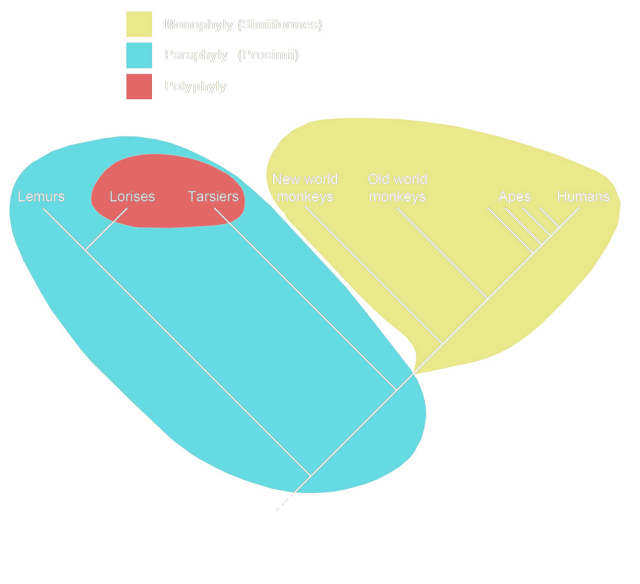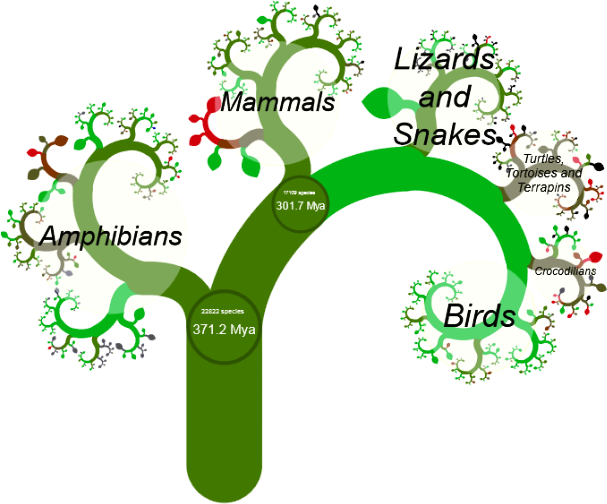
Nick Land recently pointed to Robin Hanson’s 1998 essay, The Great Filter, which looks at possible explanations to Fermi’s Paradox, by looking at critical steps necessary to galactic colonization and asking where the greatest barrier to further progression is. Land sees this implying that many civilizations are exterminated Shortly thereafter, Jim posted a response that the Great Filter lies not before us, but behind us.
While Jim might be right that intelligent life of similar caliber to humans is rare in the galaxy, he starts his post off with an assumption that seems to me to be unwarranted:
There seem to be no great obstacles to intelligent life devouring the galaxy.
In fact, obstacles are legion in a project of interstellar colonization. The first of these is the sheer distance between stars. The nearest star, Proxima Centauri, is over 2,000 times further away than the Voyager 1 spacecraft, which, launched in 1977, is the furthest manmade object from Earth. To send a living crew that distance, the spacecraft would require speeds at least hundreds of times that of the voyager probes, and the amount of energy required rises with the square of the speed, so hundreds of times the speed requires myriads of times the energy
Second, not all stars are going to have habitable way stations for a prospectively interstellar civilizations to colonize and develop before sending out more colonists to the next waypoint. Proxima Centauri is again a good example. As a red dwarf flare star whose stellar flares make any potentially habitable planets that might orbit it less accommodating and possibly entirely useless for the purpose of installing a colonial civilization capable of sending future generations of colonists to worlds further out. This challenge both effectively increases both the necessary distance traveled per voyage between stars and the cost of the measures put in place to allow colonists to settle an alien world.
Earth has countless amenities that we don’t even notice by virtue of our having evolved in response to Earth’s environment. The amount of oxygen in the atmosphere closely matches what is ideal for us because we are sculpted around such parameters, not vice versa. As such, the likelihood of finding a planet with the right oxygen levels to support human life outside of a sealed environment with the gas balance controlled by humans is minimal and the probability only goes down when other parameters like temperature or surface pressure are added. This adds an additional challenge, because it limits the possible development of any potential daughter civilization, as it will likely be confined to an environment sealed off from the original atmosphere of the planet it inhabits. Since such civilizations serve as launching pads for a second wave of colonization to stars further on in any scenario by which a civilization successfully conquers an entire galaxy, this also introduces a barrier beyond the initial wave of colonization.
The third and most important problem is motivation. Humans have done a remarkable job of proliferating around the planet and we have the ability to venture into space, though we haven’t yet sent ourselves out of Earth’s gravity well. However, contrary to Robin Hanson’s suggestions, our ability to colonize and proliferate on Earth combined with our ability to reach beyond the Earth’s atmosphere does not imply that we will actively pursue a voyage to the stars. We have a fundamental difference in the magnitude of the challenges that face humans colonizing Earth versus colonizing a planet around another star, and ultimately, because it requires a capital investment that dwarfs that of any human project past or present with little to no hope of a return on investment for those who stay on Earth.
While it is true as Robin Hanson suggests, that natural selection rewards those who break with the established strategy in ways that exploit previously untapped resources, the means by which it does so tend not to involve an actual conscious desire to proliferate. Instead, strategies developed through natural selection involve the confluence of many instincts. Instincts, which have if anything, proven themselves to be thwarted by the mix of technology an intelligence, as the use of contraception shows. Yes, it’s possible that a select few individuals could muster the necessary resources to back a project to send Earthly life to a planet orbiting another star, but the chance of success combined with the cost and sheer difficulty of such a mission makes it unlikely that such individuals will arise.
Ultimately, the barriers to interstellar travel do represent a great filter preventing the colonization of the galaxy by an intelligent civilization. Whether they are the Great Factor is difficult to judge. However, it should be noted that as exterminators go, the lack of will to send colonists to other stars is one of the slowest-acting civilization killers in existence, and probably less consequential than more proximate causes.
 When I started this blog, I was in the midst of an ideological transition from the American liberalism of my childhood and adolescence to a more traditionalist outlook. Many of my core political assumptions had been revealed as half-truths or outright lies, though I still had some residual emotional attachment to the politics of my youth, making me a reluctant apostate from American liberalism. At the same time, I had been apostate from Christianity for over a decade, though I had a renewed appreciation of some of the truths it taught, making my reluctance in apostasy twofold. However, time has past and there is no longer any reluctance in my apostasy from American liberalism and I have come home to the Christian faith as a confirmed Anglican worshipping in the Anglican Church in North America and am thus no longer an apostate from Christianity.
When I started this blog, I was in the midst of an ideological transition from the American liberalism of my childhood and adolescence to a more traditionalist outlook. Many of my core political assumptions had been revealed as half-truths or outright lies, though I still had some residual emotional attachment to the politics of my youth, making me a reluctant apostate from American liberalism. At the same time, I had been apostate from Christianity for over a decade, though I had a renewed appreciation of some of the truths it taught, making my reluctance in apostasy twofold. However, time has past and there is no longer any reluctance in my apostasy from American liberalism and I have come home to the Christian faith as a confirmed Anglican worshipping in the Anglican Church in North America and am thus no longer an apostate from Christianity.















